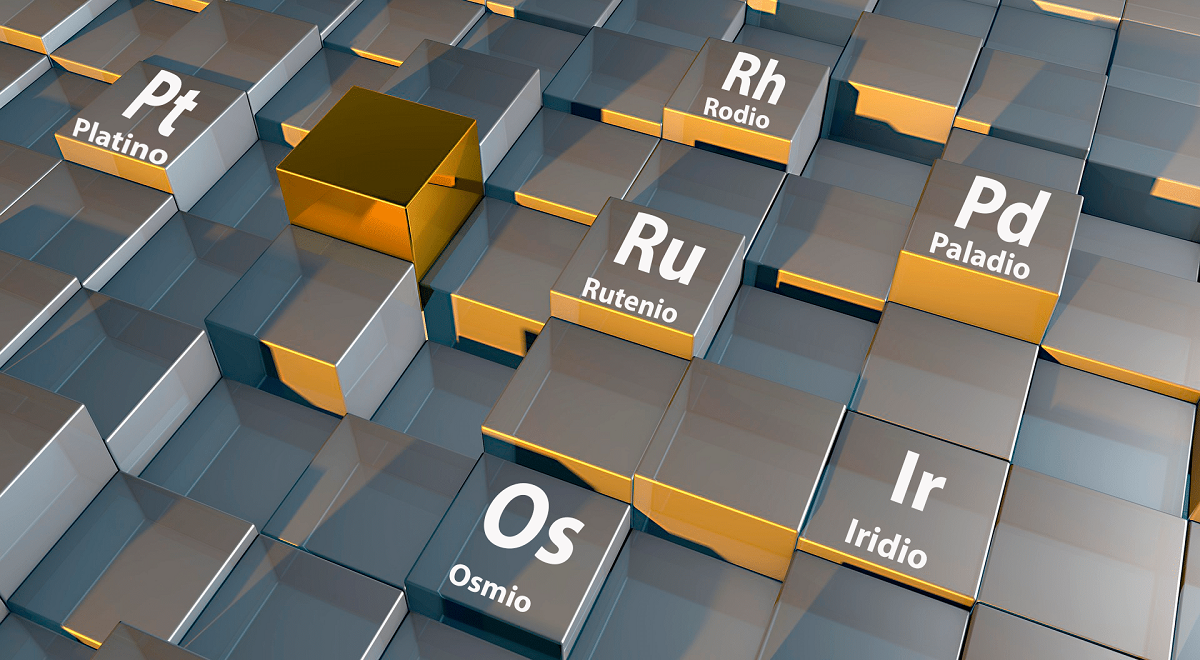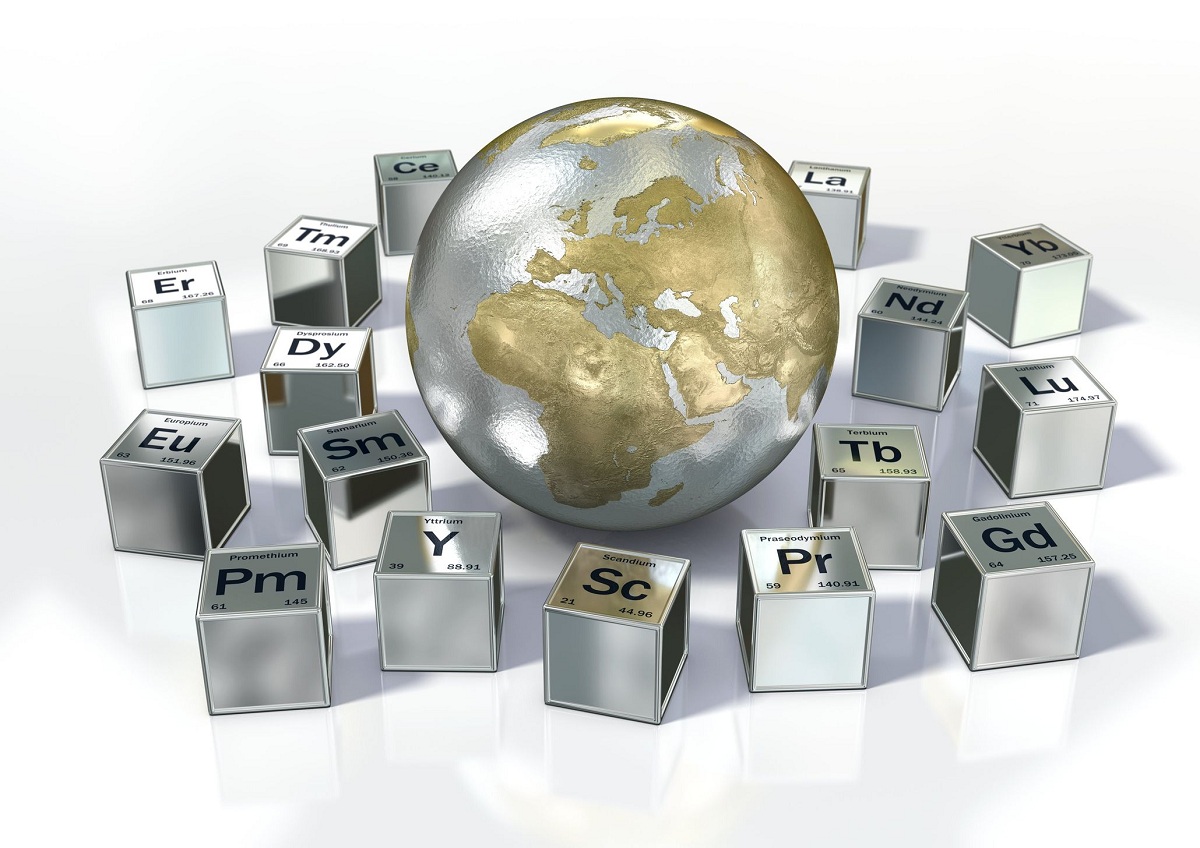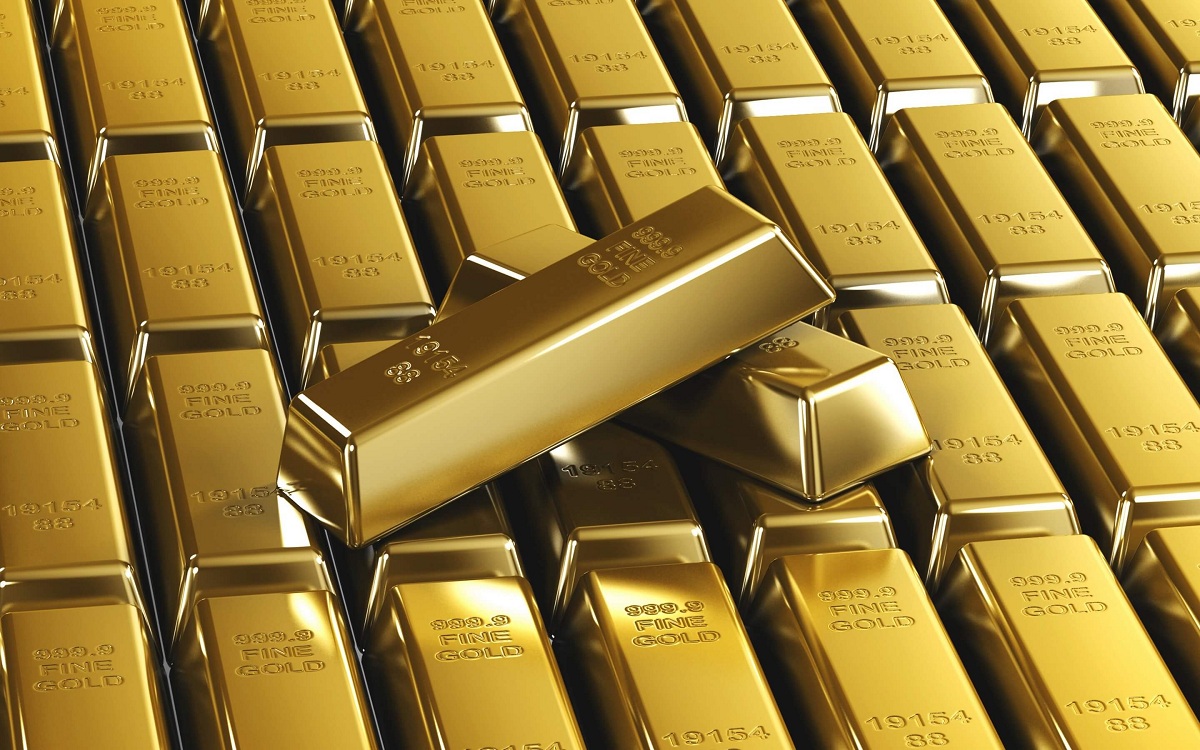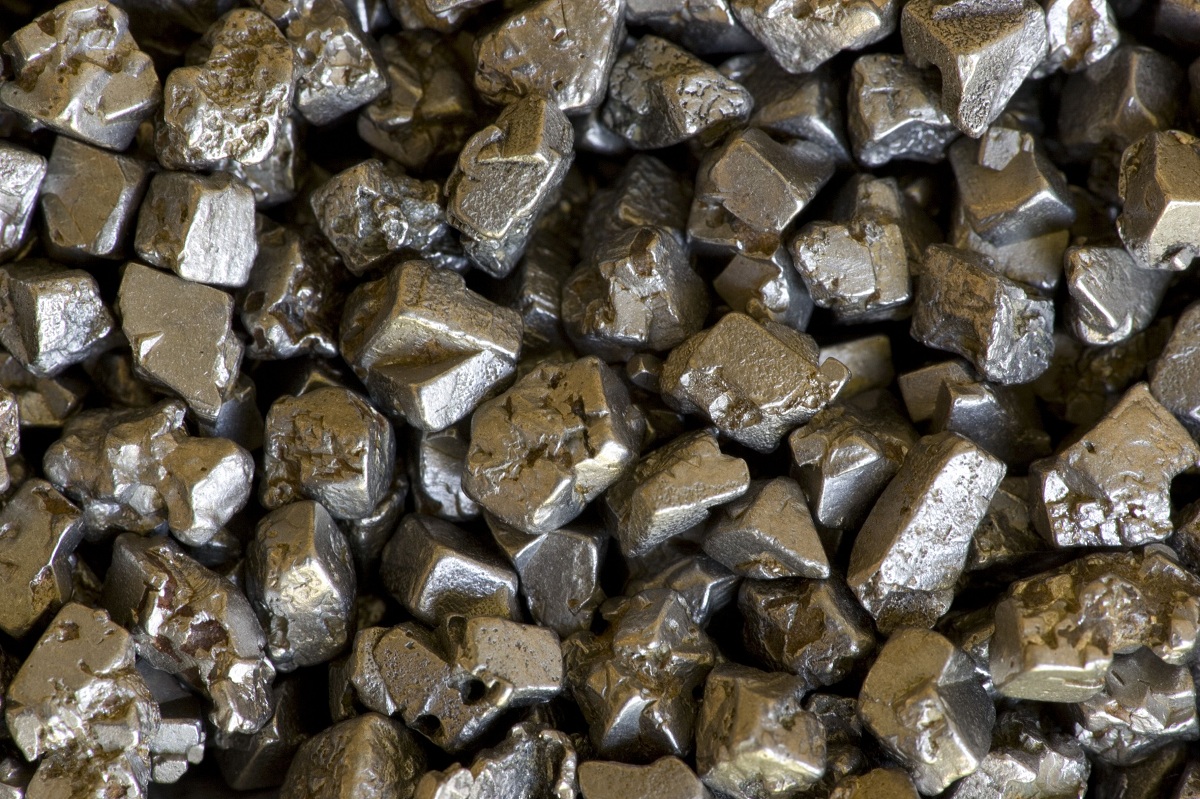
Metals, something we use every day in our daily lives. However, many people do not know well what are metals in the field of chemistry as such. In this field, metals are known, those elements of the periodic table whose main characteristic is that of being a good conductor of electricity and heat. They tend to have high densities and are generally solid at room temperature, except for mercury metal, which is liquid. Most of them can reflect light, giving it the characteristic metallic shine.
In this article we are going to tell you what metals are from a clinical point of view, what are their characteristics and types.
What are metals

Metals are the most abundant elements on the periodic table and some are the most abundant elements in the earth's crust. Some of them are usually found in nature with more or less purity, although most of them are part of the minerals of the earth's subsoil and they must be separated by humans before they can be used.
Metals have characteristic bonds called "metallic bonds." In this type of bond, the metal atoms join together in such a way that their nuclei and valence electrons (the electrons in the last electron shell, the outermost electrons) combine to form a kind of "cloud" around it. Therefore, in the metallic bond, the metallic atoms are very close to each other and all are "immersed" in their valence electrons, forming a metallic structure.
On the other hand, metals can form ionic bonds with nonmetals (like chlorine and fluorine) to form salts. This type of bond is formed by electrostatic attraction between ions of different signs, where metals form positive ions (cations) and non-metals form negative ions (anions). When these salts dissolve in water, they break down into their ions.
Even an alloy of one metal with another (or with a non-metal) is still a metallic material, like steel and bronze, although they are a homogeneous mixture.
Properties

Due to their special physical properties, metals have served the human being since ancient times, thanks to their ideal properties to form various tools, statues or structures:
- When compressed, some metals can form thin sheets of homogeneous material.
- When under tension, some metals can form wires or strands of homogeneous material.
- The ability to resist breakage when subjected to sudden forces (bumps, drops, etc.).
- Mechanical strength. It can withstand traction, compression, torsion and other forces without destroying its physical structure or deforming.
In addition, their brightness makes them ideal for forging jewelry and decorative elements, and their good electrical conductivity makes them indispensable in the transmission of current in modern power systems.
Metal types

Metallic elements can be of many types and are grouped in the periodic table according to them. Each group has shared attributes:
- Alkaline They are bright, soft and very lively under normal pressure and temperature conditions (1 atmosphere and 25ºC), so they will never be pure in nature. They have low density and are good conductors of heat and electricity. They also have low melting and boiling points. In the periodic table, they occupy group I. There is also hydrogen in this group (it is not a metal).
- Alkaline earths. They are in group II of the periodic table. Its name derives from the alkalinity of its oxide. They tend to be harder and less reactive than alkaline ones. They are bright and good conductors of heat and electricity. They have low density and color.
- Transition metals. Most metals fall into this category. They occupy the central area of the periodic table and are almost hard, with high melting and boiling points, and good thermal and electrical conductivity.
- Lanthanides. Also known as lanthanides, they are called "rare earths" in the periodic table and form "internal transition elements" with actinides. They are very similar elements to each other and, despite the different names, they are very abundant on the surface of the earth. They have a very unique magnetic behavior (when they interact with a magnetic field, for example a magnetic field generated by a magnet) and a spectral behavior (when radiation hits them).
- Actinides. Together with rare earths, they form "internal transition elements", which are very similar to each other. They have a high atomic number and all the isotopes of many of these isotopes are radioactive, making them extremely rare in nature.
- Transactinides. Also known as "superheavy elements", they are those elements that surpass the heaviest actinide element in atomic number, lawrence (103). All isotopes of these elements have short half-lives, are radioactive, and are synthesized in the laboratory, so they all have the names of the physicists who created them.
Examples and non-metals
Let's see some examples of metals:
- Alkaline Lithium (Li), sodium (Na), potassium (K), rubidium (Rb), cesium (Cs), francium (Fr).
- Alkaline earths. Beryllium (Be), magnesium (Mg), calcium (Ca), strontium (Sr), barium (Ba) and radium (Ra).
- Transition metals. titanium (Ti), vanadium (V), chromium (Cr), manganese (Mn), iron (Fe), cobalt (Co), nickel (Ni), copper (Cu), zinc (Zn), silver (Ag), cadmium (Cd), tungsten (W), platinum (Pd), gold (Au), mercury (Hg).
- Rare earths. Lanthanum (La), Cerium (Ce), Praseodymium (Pr), Neodymium (Nd), Promethium (Pm), Samarium (Sm), Europium (Eu).
- Actinides. Actinium (Ac), thorium (Th), protactinium (Pa), uranium (U), neptunium (Np), plutonium (Pu), americium (Am).
- Transactinides. Rutherfordium (Rf), Dubnium (Db), Seaborgium (Sg), Bohrio (Bh), Hassium (Hs), Meitnerium (Mt).
The basic elements of organic life are non-metallic. Non-metals are elements whose properties are completely different from those of metals, although there are also compounds called metalloids whose properties and characteristics are between metals and non-metals. Nonmetals form covalent bonds when they form molecules between them. Unlike metals, These compounds are not good conductors of electricity and heat, nor do they shine.
Oxygen, carbon, hydrogen, nitrogen, phosphorus and sulfur are the basic elements of life and are part of the non-metals. These non-metallic elements can be solid, liquid or gaseous.
I hope that with this information you can learn more about what metals are and their characteristics.